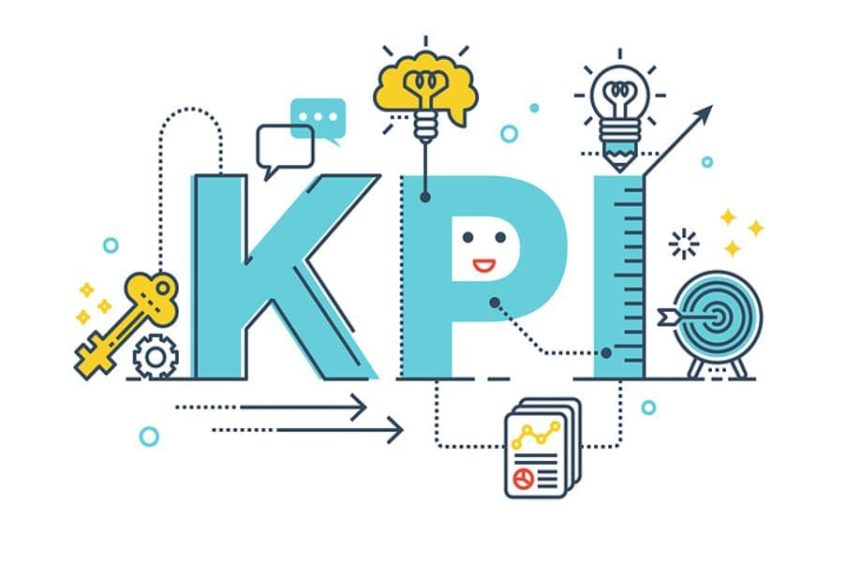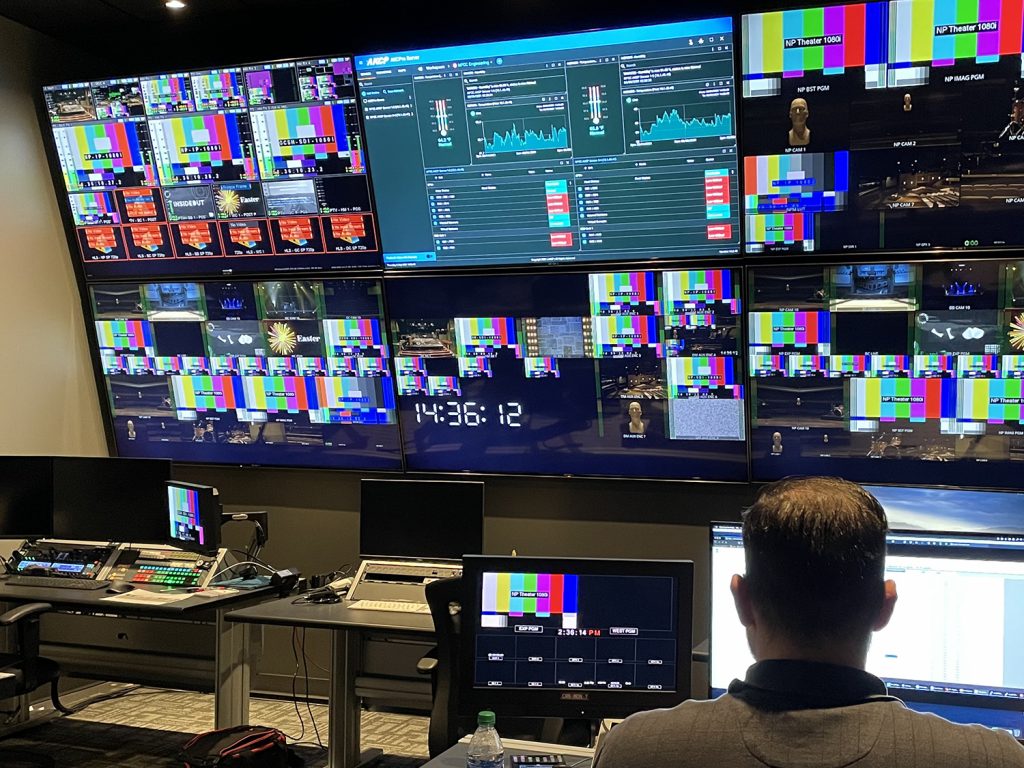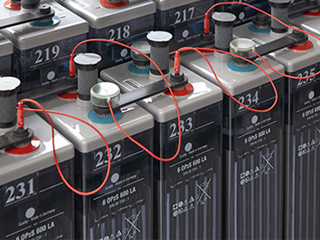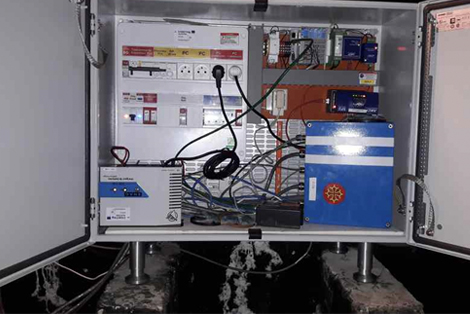Efficiency is a top priority in the data center industry. The need to optimize systems is crucial for data center organizations. Operators seek technologies that will maximize their facility’s uptime. The goal is to improve capacity and the whole data center performance. At the same time, consider operating costs and resource consumption.
But how can operators improve efficiency? A crucial part of optimization is tracking systems’ performance and consumption. It would entail monitoring systems, equipment, and key performance indicators or the data center’s KPI. There is too much data generated in this kind of facility. Tracking everything would be a daunting task and would only lead to inefficiency. Hence, operators must find and select the ones that matter the most.
Operators use KPI to ensure that business objectives are met. In this article, we collated the top 9 data center KPI you need to watch out for to improve your facility’s efficiency. We look at capacity, cost, asset, and space KPIs. We also include power, efficiency, cooling, and connectivity KPIs.
Top 9 Data Center KPI
-
Asset KPIs
Tracking your assets or equipment is vital in data center KPI monitoring. Checking equipment’s age will help you understand how old hardware is and if it needs replacement or maintenance. Consider important dates such as acquisition, installation, and contract duration. This information will serve as your equipment’s lifespan. Inventory is a key aspect of monitoring your facility’s assets. It is essential to track your equipment deployment. Always check your asset count, installation minus decommission, as high-level monitoring for your data center.
-
Capacity KPI
Capacity refers to resources, such as cooling, network, power, and space. These resources are used to meet the demands of the facility. Managing your data center capacity is vital to increasing uptime and optimizing systems. Poor capacity management can lead to expensive operating costs, downtime, and profit loss.
A DCIM software is used to measure data center capacity. Through a DCIM, operators will be guided with accurate and reliable information. Knowing the right information about your data center’s capacity is crucial to optimizing your systems. A DCIM also provides real-time reports about your facility. It shows the available space, potential and budgeted power, and weight capacity. It will also show you other information, such as power ports and the number of cabinet items.
Simulate your data center capacity changes before implementing them. Do the ‘what-if analysis to determine how changes affect your facility’s capacity. It would help you utilize space and equipment and prevent inefficient design. Consider the US government’s Data Center Optimization Initiative (DCOI) mandate. DCOI requires data centers to have power metering, less than or equal to 1.5 PUE, and 4:1 fully virtualized operating systems. Make sure your facility complies with these DCOI requirements.
Here’s what you should do to monitor your data center capacity:
- Automate power capacity planning.
- Check item quantities.
- Check rack unit fragmentation.
- Leverage DCIM solution.
- Maintain accurate asset data.
- Perform what-if analysis.
-
Change KPI
Typically, data centers change their servers annually for up to 30%. Servers operating for more than five years tend to fail a lot. They are expensive to operate as they require 200% more costs than new servers. Hence, replacing old servers is more efficient than keeping them. When implementing changes in your facility, note all information on change requests. Not all tickets, work orders, and types of changes are needed. To maintain efficiency, simplify the moves and add your plan to implement in your facility.
Also, note the duration of the changes in your facility. Ensure that the change process you want to implement can be done in a reasonable amount of time. Time is essential in all operations. Make sure that any change will not contribute to your facility’s downtime.
-
Connectivity KPI
Arrange your space wisely and know which area is the best for cabinets. Cabinet location is essential to utilize free data and power ports. Tracking physical port capacity at your cabinets’ level allows you to make provisions for new equipment. It will also allow you to maximize network resources and reduce operating costs.
Operators must know connectivity capacity down to the port level. Multiple connectivities provide redundancy and protection for your facility. Check the number of connected and free ports for each connector. Check how many power supplies are connected to each piece of equipment. A DCIM will help you monitor ports and connectivity. It is also important to track power requirements and usage of your data center equipment. Monitor voltage, phase, amp rating, and data port usage.
-
Cooling KPI
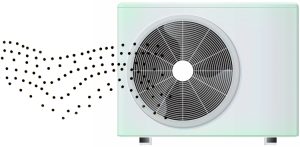
Photo Credit: www.asme.org
Cooling systems are vital in data center facilities. Removing heat and maintaining the right temperature are among the top priorities. But a common mistake of data center operators is monitoring temperature at room level. Data center temperature should be monitored at the rack level to avoid operating at unsafe temperatures. Make sure that your facility is operating within ASHRAE standards.
Hot spots contribute to inefficiency and high operating costs. They can also damage equipment and lead to downtime. Mitigate hot spots by incorporating the right containment and raised floor designs in your facility. Monitor your CRAC units and layout high-density servers throughout the data center. Airflow efficiency is also vital in data center cooling. Ensure that your facility’s airflow goes through the right air path. This would optimize your power consumption and reduce operating costs.
-
Cost KPI

Photo Credit: www.qpsolutions.net
As we know, data centers consume vast amounts of resources. In particular, data centers have the highest energy and water consumption. Energy usage can account for 50% of total operating costs in data centers. Monitor your power consumption by different systems and applications. Doing so allows you to make a custom plan for each system to reduce power consumption. Costs are also a concern for customers that use colocation facilities. These customers want to get their money’s worth in colocation services. By reducing operating costs, operators can also reduce customer service charges. Hence, improving service and increasing sales.
-
Efficiency KPI
Power usage effectiveness (PUE) is an important measure of efficiency in data centers. Organizations must have less than 1.5 to 1.2 PUE to save energy. Track your facility’s PUE over time to see if your optimization strategies are truly effective. Make sure to operate within ASHRAE standards to maximize energy efficiency. Environmental sensors are key equipment to do this. AKCP offers a wide range of data center monitors for all your needs. Use environmental sensors to monitor your facility’s temperature, humidity, and power.
-
Power KPI
Energy sources are becoming increasingly scarce. Data center operators must clearly understand how much energy is consumed in their facilities. Monitor your power consumption to find where energy efficiency can be improved. Make sure that your monitoring system can send real-time alerts and notifications. Use a data center KPI monitoring system that can forecast consumption trends over time. Monitoring systems also allow operators to minimize damage and issues in the facility. Operators can be notified of a potential threat. They can immediately act on issues before they can cause a major impact on the entire operation.
Furthermore, it is also essential to have a reliable power backup to minimize downtime. Make sure that your facility has the right redundant equipment and systems. Modern data center cabinets are tightly packed with power-hungry technology. Operators are under pressure to provide growing quantities of electricity to these devices. A power redundancy solution is in place to guarantee that power is always available to IT equipment. And that downtime is kept to a minimum. Watch your cabinet power failover redundancy to achieve 100% compliance in your facility.
-
Space KPI
Data center growth and optimization need intelligent space capacity planning. Check your cabinet space by open rack units and contiguous rack units. It would give you an idea of your space’s efficiency and the available space for new equipment. Check your floor space to determine white space should you need additional cabinets. Schedule decommissioning in your facility to gauge remaining space capacity. To provide the most realistic picture of the actual remaining space capacity.
Monitor Data Center KPI With AKCP Solutions
KPIs go hand-in-hand with monitoring. All data center systems and equipment need some monitoring to ensure efficiency. Optimizing your facility and improving KPIs can only be achieved through an excellent and reliable monitoring system. AKCP monitoring solutions are here for you. We provide nothing but the best monitoring solutions for all your data center needs. We have all types of sensors. From environmental to security to power sensors.
Best of all: we have a centralized monitoring system for all your AKCP devices.
AKCP Pro Server
AKCPro Server is our world-class central monitoring and management software. Suitable for a wide range of monitoring applications. Free to use for all AKCP devices. Check your infrastructure. Whether a single building or remote sites over a wide geographic area. Integrate third-party devices with Modbus, SNMP, and ONVIF compatible IP cameras.
- Integrated monitoring of all devices. AKCPro Server integrates all your systems in easy-to-use software.
- Environmental Monitoring. Check all your temperature, humidity, airflow, water leak, and other environmental sensors. Configure rack maps to show the thermal properties of your computer cabinet. Check the temperature and temperature differentials.
- Security Monitoring. Ensure that your facilities and critical infrastructure are secured. Door contact sensors and audible and visual alarms are configured. Manage them from your custom desktops in APS.
- Power Monitoring. Check single-phase, three-phase generators and UPS battery backup power. AKCP Pro Server performs live PUE calculations. So, you have a complete overview of your power train. Above all, how adjustments in your data center directly impact your PUE.
- Access Control. AKCPro Server is used to administer the access rights and schedules for all AKCP devices. Secure your assets and control access. Generate reports to give a complete audited access trail.
- Video Monitoring. Video feeds from Integrated ONVIF compatible IP cameras. Cameras connected to AKCP securityProbe base units can be monitored and recorded. Synchronize sensor events with a video playback window for “eyes on” any sensor events.
Conclusion
Data center KPI equals efficiency. These metrics are used to check and measure data center performance. The most important KPIs include asset, capacity, change, connectivity, and cooling. It also includes cost, efficiency, power, and space. All these data center KPI are vital to ensure that your facility performs at its best. Monitoring is an essential part of data center operations. Make sure that your data center is equipped with the best monitoring devices.
Reference Links:
EB016_Sunbird_eBook_Top_40_Data_Center_KPIs.pdf
www.sunbirddcim.com/glossary/data-center-KPIs
www.sunbirddcim.com/blog/data-center-capacity-how-measure-how-plan-and-how-much-left

